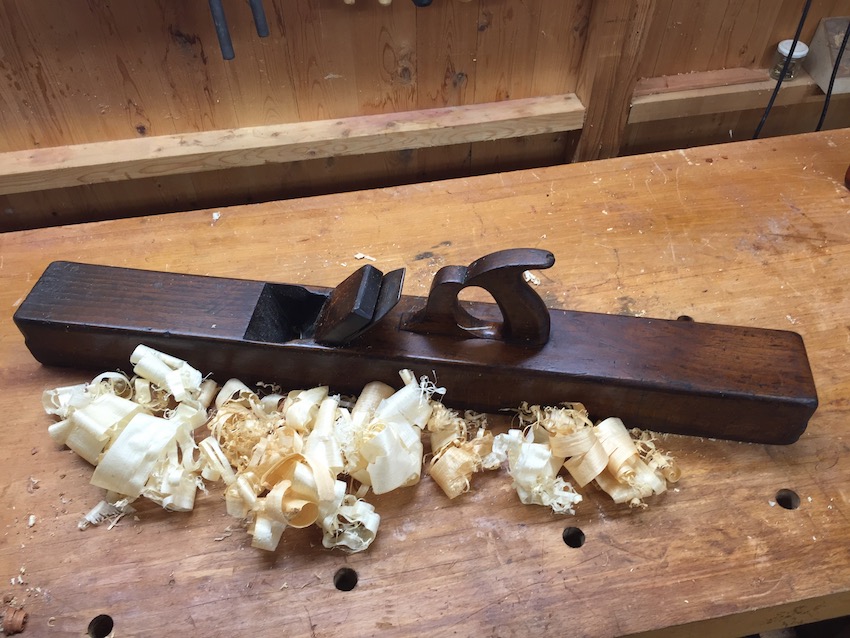cookiemonster
Established Member
Hi guys, first timer here.
I'm an amateur woodworker of about 5 years with a preference for hand tools, due both to lack of a big workshop and some romantic notions about craft skills.
Over time I've accumulated all the bench planes between 3 and 6 and these have served me well on small-to-medium sized furniture projects. The next project may be a bit bigger: a front door with 7 foot stiles that clearly must be prepared straight and square. I was thinking I might need a no.7 jointer for this job (or perhaps even a no.8) but it seems like even those corrugated ones now sell for north of £100 on eBay. So my question is, is a no.7 going to be so much better than a no.6 on long boards that I should swallow it? Or perhaps I could go for a cheaper second-hand wooden jointer?
I'm an amateur woodworker of about 5 years with a preference for hand tools, due both to lack of a big workshop and some romantic notions about craft skills.
Over time I've accumulated all the bench planes between 3 and 6 and these have served me well on small-to-medium sized furniture projects. The next project may be a bit bigger: a front door with 7 foot stiles that clearly must be prepared straight and square. I was thinking I might need a no.7 jointer for this job (or perhaps even a no.8) but it seems like even those corrugated ones now sell for north of £100 on eBay. So my question is, is a no.7 going to be so much better than a no.6 on long boards that I should swallow it? Or perhaps I could go for a cheaper second-hand wooden jointer?





































